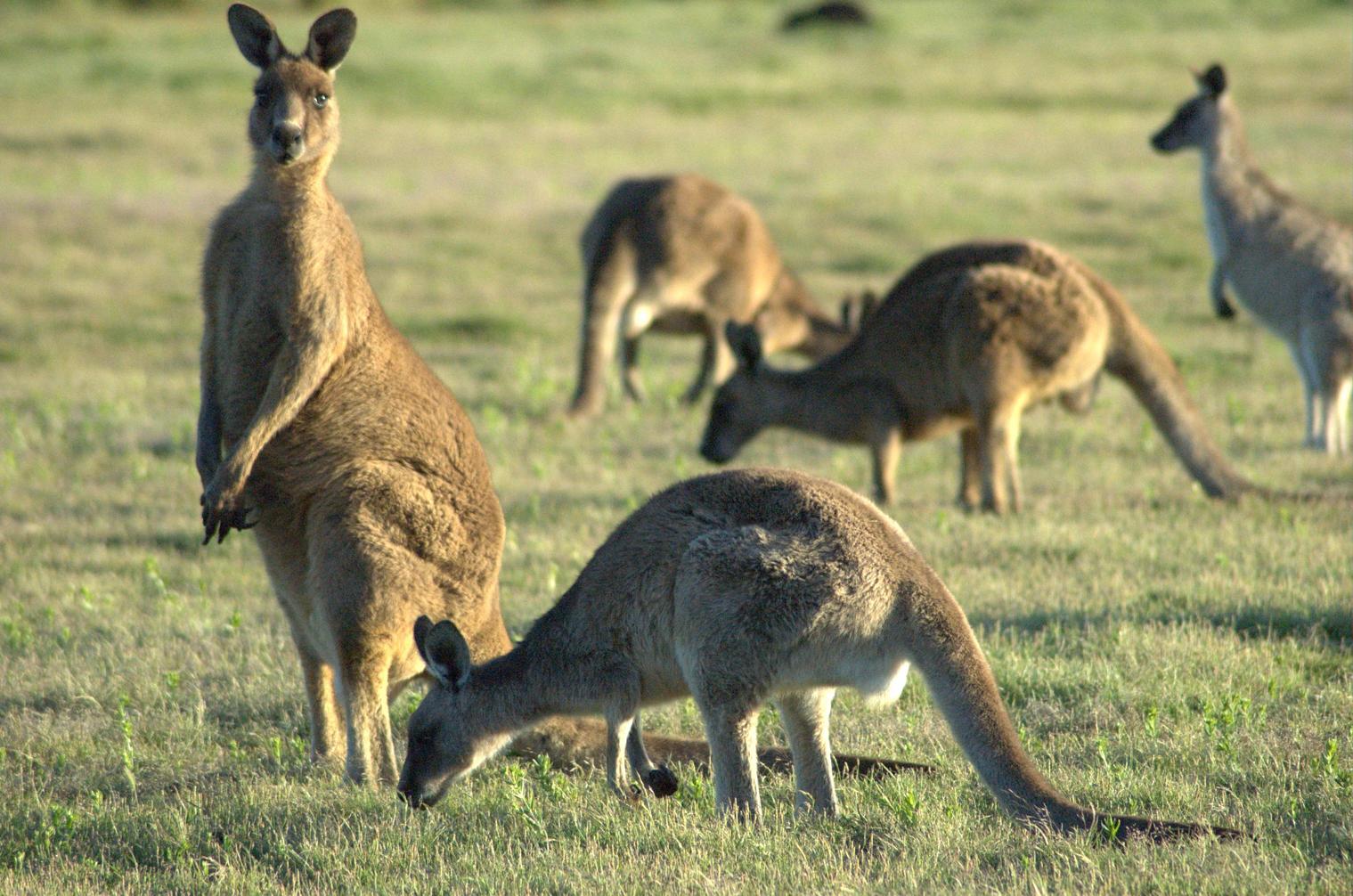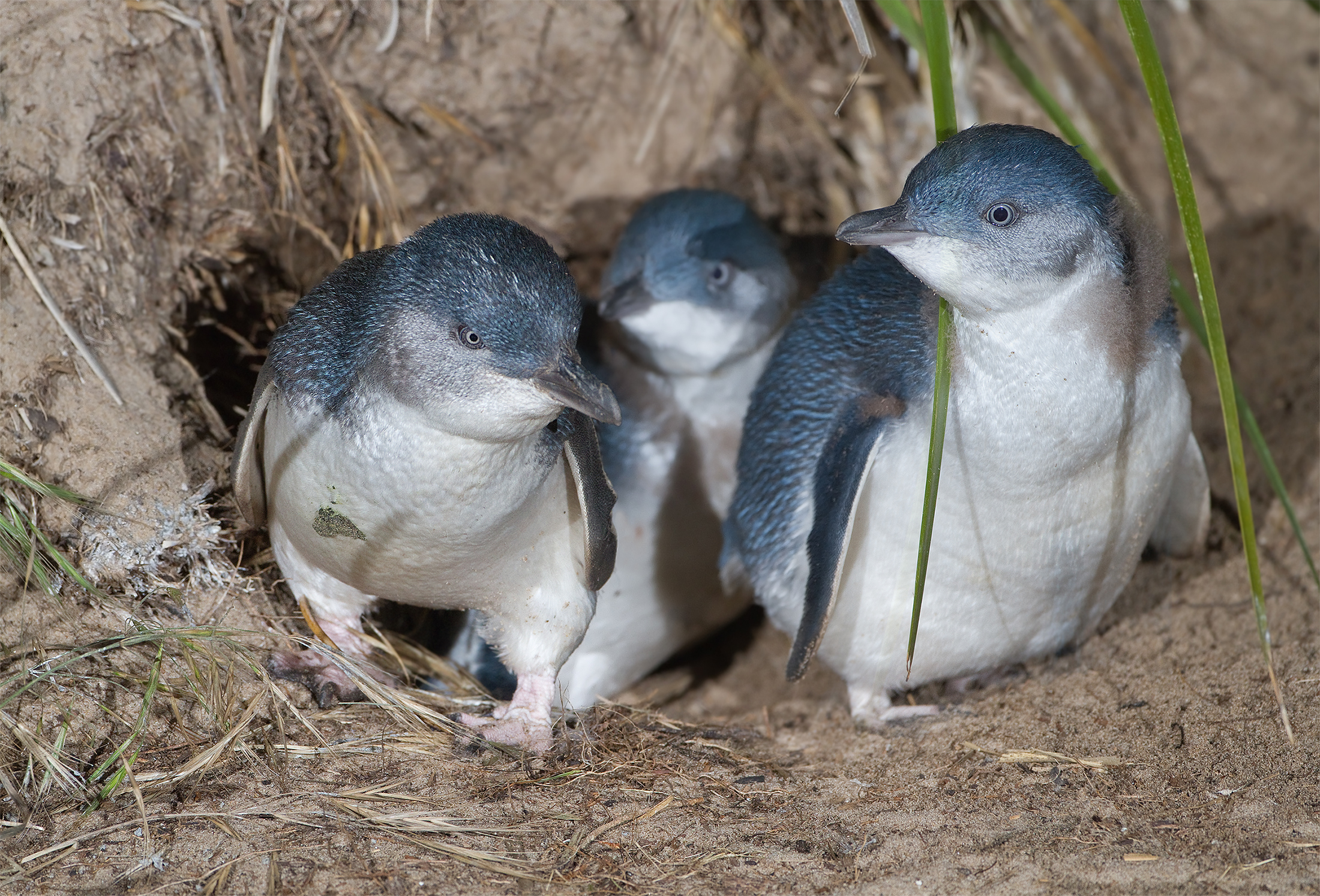Australia is revered across the world for the exotic wildlife it harbours. Some of the world’s most rare animals are native to Australia making the continent an absolute delight for wildlife enthusiasts. The land and the seas are home to myriad species. If you’re in Australia here’s a list of all the exotic Australian wildlife you can get up, close and personal with!
1. Swim the Seas with Sharks and Humpback Whales
Ningaloo Marine Park, halfway up the West Australian coastline is where you can experience the deep blue waters right beside these majestic creatures. This particular marine park is supposedly the only place on the planet where the whales visit the land. Whale sharks share the waters with tropical fish, manta rays, turtles, dolphins and whales. Off Ningaloo Reef you can also swim with migrating humpback whales from July to October.
Swimming with these graceful creatures is most definitely a once in a lifetime experience. You don’t have to be afraid of these sharks despite their massive size; they’re filter feeders and mostly eat plankton. Join a tour in March and April when these sharks appear following the mass coral spawning. There’s a code of conduct that’s in place to protect these species, this includes keeping at least three metres distance from the shark’s body and four metres from its intensely powerful, tail.
2. Spot Adorable Koala Bears
Koala Bears are one of Australia’s trademark species. The fluffy little creatures are usually perched high on treetops, snugly hidden. The Great Ocean Road in Victoria winds along the state’s south-west coast and is a spell binding stretch to drive through; a little diversion off the course on this route is where you’ll spot Koalas. Lighthouse Road and Cape Otway are a few of the places where you’re sure to see some Koala bears.
If you’re looking to cuddle koalas, you can head to the Sunshine Coast Australia Zoo. The zoo is dedicated to conserving Koala bears and has special practices in place. There are koala cuddling sessions throughout the day that you can book in advance.
3. Snorkel with Sea Turtles and Manta Rays
The iconic Great Barrier Reef will present you with the opportunity to snorkel alongside sea turtles and manta rays. The graceful manta rays have a wing span of up to 7m and are beautiful to look at while snorkeling. Lady Elliot Island, a part of the Great Barrier Reef, has 40 resident manta rays. Coral Bay, a small town on the coast of Western Australia, is also a great place to spot sea turtles and take a dive with them in the waters.
4. Snap Kangaroos Relaxing on the Sand
You can’t possibly come away from Australia without having spent some time with Kangaroos. The animals are not usually seen on sand but on the South Coast of New South Wales, you’ll spot Eastern grey kangaroos soak up sunshine. You’ll see them in huge numbers both on the sand and the grass. Photograph them in all their glory!
5. Walk among Quokkas
Definitely the cutest marsupial’s around, Quokkas hop around at Rottnest Island, just off the coast of Perth. The beloved creatures even stop to watch people shop, eat and relax. They’re extremely social animals and are sometimes even willing to pose for a selfie! Quokkas are perhaps most famous for how friendly they are. Since they’re nocturnal creatures and sleep through most of the day, the evening is the best time to interact with them.
6. Experience the Jumping Crocodile Cruise down Adelaide River
This cruise might actually end up being one of the scariest experiences in your life, but it’s definitely worth a try! In this unique experience, you will encounter crocodiles like never before. A tour guide will take you down a private stretch of the river while dangling meat in front of local crocodiles. This is done to encourage them to jump up right next to your boat.
Sounds terrifying, but it’s a worthwhile experience for wildlife enthusiasts who get to encounter the world’s largest living reptile in such a unique way.
7. Tasmanian Devil Tracker Adventure at Unzoo
The endangered Tasmanian Devil was once native to the mainland of Australia but is now only found on the island state of Tasmania, including tiny east-coast Maria Island. At the Tasmania Devil Unzoo you’ll have the ability to join the effort on a Devil Tracker Adventure experience. At this sanctuary, animals are set free and allowed to roam in their natural habitat.
You can join a tour through the native bushland and both identify and track the resident devils. Visitors and tourists also get to learn interesting facts about the organisation’s fight to preserve the species.
8. Watch Fairy Penguins Return To Their Colonies
Stand on a boardwalk as the sun sets and watch the smallest penguin species waddle out of the water as they return home. Fairy penguins are the smallest of the world’s 17 penguin species with most colonies on offshore islands. As the penguins exit the sea, their wails fill the air when they reunite with their hungry chicks waiting inside rocky burrows.
Their breeding range in Australia extends through the southern coast from Fremantle (WA) all the way to Sydney (NSW) including Tasmania. You can welcome home these little delightful creatures by joining guided tours on Kangaroo Island (SA), Granite Island (SA), Philip Island (Vic), Montague Island (NSW) or in Bicheno (Tas)
9. Spot a platypus
One of Australia’s strangest looking wildlife species; the duck-billed platypus is one of only two types of egg-laying mammals on the planet. These creatures are best viewed either at dawn or dusk near freshwater creeks in Tasmania or at mainland Australia’s eastern states. Look out for circular ripples on the surface of the water which usually indicate that a platypus is around. To increase your chances of spotting a platypus, head to the Broken River viewing platform in Queensland’s Eungella National Park, you might find some even during the day!
10. Dolphin Feeding at Moreton Island
At Tangalooma resort on Moreton Island, Queensland, tourists and guests can meet local bottlenose dolphin families. These sea creatures visit the shores every evening at sunset. You’re allowed to feed the dolphins and talk to the Dolphin Care Team experts who are aware of the regular dolphins that come around and can point out their distinctive personalities!
The resort takes utmost care of the creatures from possible dangers of human interaction. They are also careful to provide only 10-20% of the dolphin’s daily food intake to ensure they remain independent.
So, are there any experiences with Australian wildlife that we’ve missed? If so be sure to share them in the comments below!












